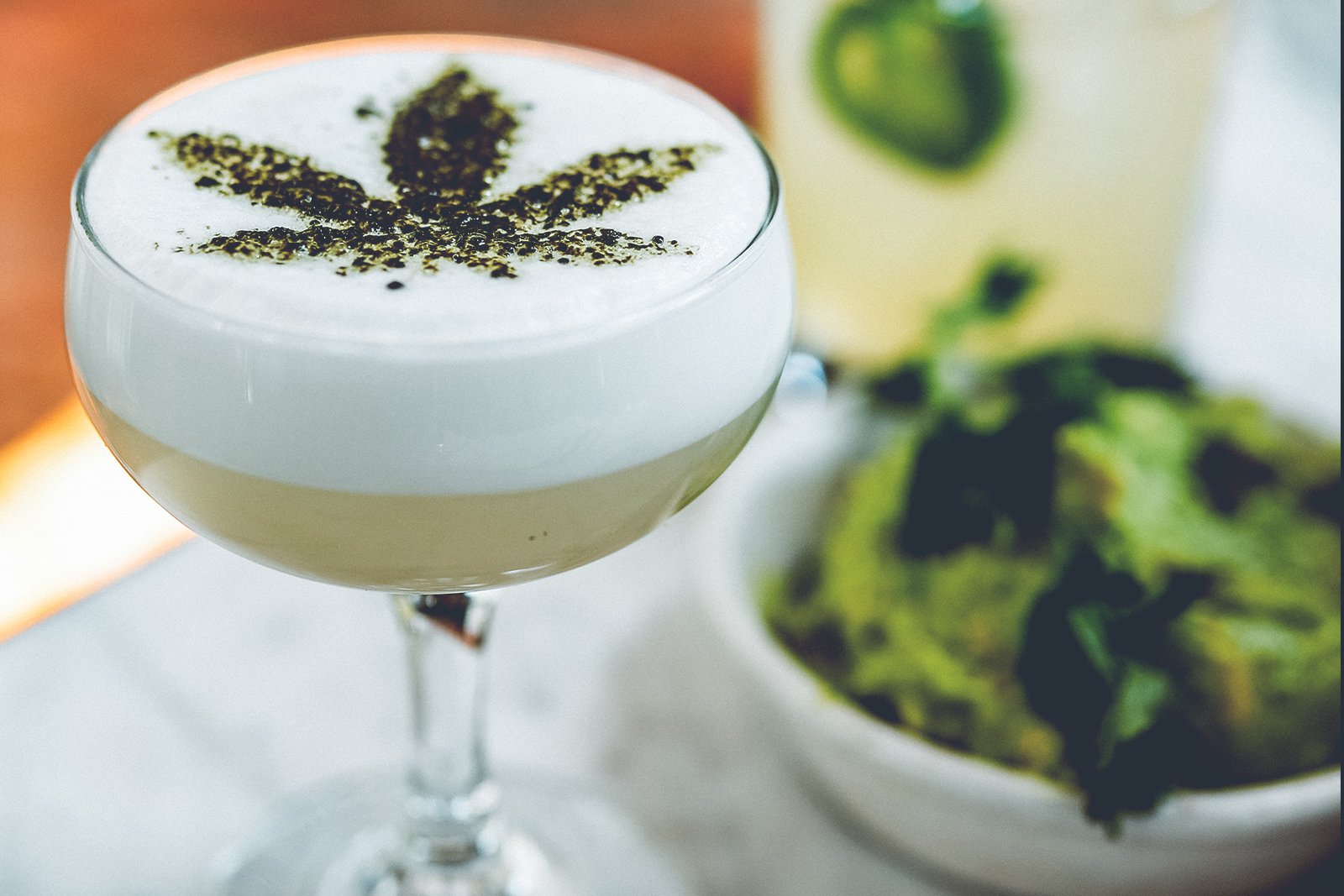
Marijuana, a versatile plant with a rich history of recreational and medicinal use, has become the subject of scientific exploration in recent years. Researchers around the globe are shedding light on the potential benefits of incorporating marijuana into food. This article aims to delve into the extensive and detailed scientific findings that reveal the positive effects of adding marijuana to food, providing insights into the potential advantages and implications for individuals and society.
1. Enhanced Therapeutic Potential: A Gradual Release
One of the significant advantages of incorporating marijuana into food lies in its enhanced therapeutic potential. When marijuana is consumed through edibles, the active compounds, such as THC (delta-9-tetrahydrocannabinol) and CBD (cannabidiol), are released more gradually compared to other consumption methods like smoking or vaping.
This slow-release mechanism allows for a controlled and sustained effect, making it particularly beneficial for individuals seeking relief from chronic pain, insomnia, and anxiety disorders. By delivering cannabinoids through food, patients may experience longer-lasting relief, reducing the need for frequent administration and offering a more convenient and consistent treatment option.
2. Precise Dosage Control: Tailoring Treatment
Another remarkable advantage of incorporating marijuana into food is the ability to achieve precise dosage control. Edibles can be prepared with standardized amounts of cannabinoids, enabling individuals to regulate their consumption according to their specific needs. This precise dosing is particularly valuable for medical marijuana patients who require specific doses for optimal symptom management.
Moreover, the reliable dosing provided by marijuana-infused edibles helps to reduce the risk of accidental overconsumption, which is often associated with other consumption methods. With precise dosage control, patients can have more confidence in achieving the desired therapeutic effects without the concerns of potential adverse outcomes.
3. Alternative Consumption Method: Discreet and Convenient
For individuals who prefer not to smoke or vape, incorporating marijuana into food offers a discreet and socially acceptable alternative consumption method. This can have significant implications for medical marijuana patients and recreational users alike, who may want to avoid the stigma or negative health effects associated with smoking.
The ability to consume marijuana-infused food without drawing attention provides a level of flexibility and freedom to individuals who wish to incorporate cannabis into their lifestyle discreetly. This expanded range of consumption options also opens up access to a wider demographic, potentially increasing the overall acceptance and use of marijuana in society.
4. Extended Shelf Life: Increased Accessibility
Cannabis-infused food products generally have a longer shelf life compared to other forms of cannabis, such as flowers or oils. Properly prepared and stored edibles can remain viable for an extended period, making them an attractive option for both consumers and producers.
The increased shelf life of marijuana-infused food products can contribute to reduced waste and improved accessibility. For individuals who rely on cannabis for medical purposes, having access to longer-lasting edible products ensures a consistent supply, minimizing interruptions in treatment.
Conclusion
Scientific research has uncovered numerous positive effects of incorporating marijuana into food. From enhanced therapeutic potential and precise dosage control to alternative consumption methods and extended shelf life, adding marijuana to edibles offers a range of benefits for both medical and recreational users.
However, it is crucial to acknowledge that individual responses to marijuana may vary, and responsible use is paramount. Additionally, adherence to legal and regulatory guidelines is necessary to ensure the safe and appropriate use of marijuana-infused food products.
While the scientific findings provide valuable insights, further research is needed to better understand optimal dosages, potential risks, and long-term effects. As the landscape surrounding cannabis use continues to evolve, it is important to stay informed and approach marijuana consumption with care.
For those interested in exploring the benefits of incorporating marijuana into food, it is advisable to consult with medical professionals or trusted sources.


